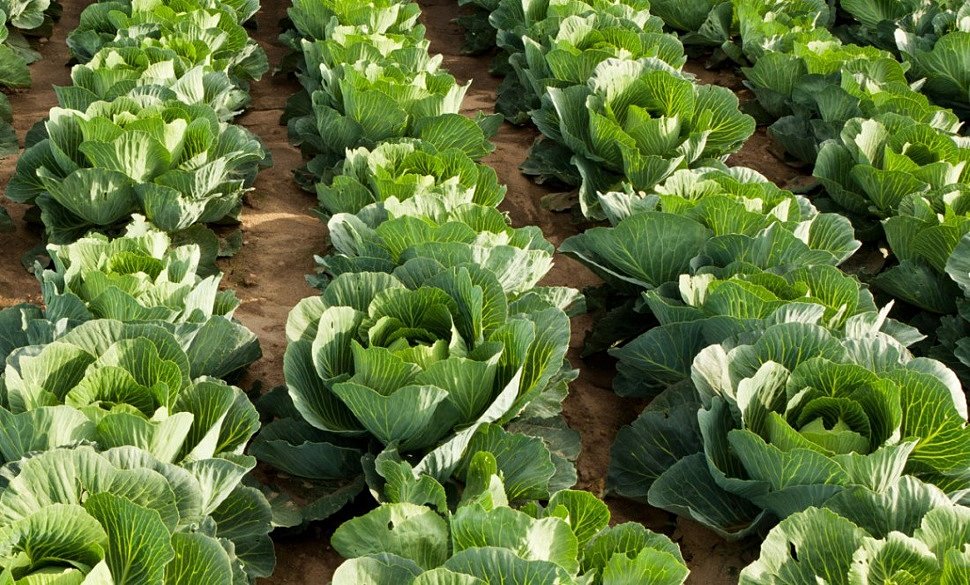
Cabbage belongs to the cruciferous family. This variety of vegetable crops is loved by pests that live in the soil, as well as midges, flies, moths. Their larvae hibernate in the upper layer of garden soil, and pathogens of culture diseases, such as rot, phomosis, alternariosis, and powdery mildew, remain active there. Those who ignore crop rotation and cultivate the crop for several years on one ridge are left without a crop.
Content
Nutrient intake
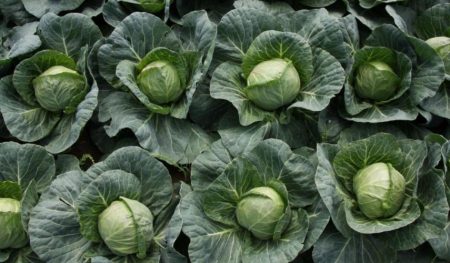
During the season, cabbage consumes nutrients from the soil necessary for heading out. Her root system is powerful, the soil is depleted over the entire length of the rhizome. If you do not fertilize annually, the soil will be depleted in 2-3 seasons.
| Variety | Crop Volume (t / ha) | Nitrogen consumed (kg) | Calcium consumed (kg) | Phosphorus consumed (kg) | Potassium consumed (kg) |
| white-headed | 70 | 230 | 301 | 37 | 256 |
| color | 60 | 200 | 43 | 35 | 208 |
| kohlrabi | 15 | 115 | 48 | 12 | 87 |
In autumn, after the entire crop is harvested, the ridge is cleared of residues of roots and leaves, organic matter along with mineral fertilizers is introduced into the soil:
- humus 20 kg / m²;
- superphosphate 2 tbsp. l / m²;
- potassium nitrate 2 tbsp. l / m²;
- ash 1 st / m².
They dig the earth, lumps do not break. In winter, during their freezing, larvae and pupae of pests will die.
What is good for cabbage
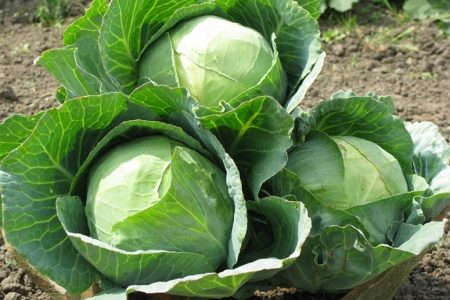
He loves a fertile vegetable, slightly acidic, moisture-intensive soil. To maintain the optimum pH level, the soil is calcified or introduced into the soil before plowing during dolomite flour. Cabbage roots go deep into the ground, so they try to dig the soil deeper.
Before planting seedlings, humus and ash are added to the wells. The bed is mulched. A good harvest is obtained with proper care, which consists in the following measures:
- regular watering;
- timely top dressing;
- loosening row spacings;
- hilling head out;
- processing plantings from pests with ash, tobacco dust.
What is planted after cabbage
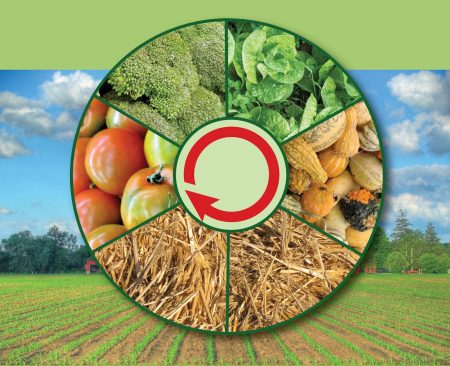
In the fall, they plan landings for the next season. The culture should be replaced by vegetables with a different diet, sick with other diseases, suffering from other types of pests. These vegetables include:
- greens (parsley, dill, celery);
- nightshade (potatoes, tomatoes, eggplant);
- popular root crops beets and carrots;
- pumpkin (squash, pumpkins, squash, cucumbers).
The garden soil infected with the keel pathogen is treated with spinach, beets, garlic. To cure the land, they are planted for two seasons in a row.
Cucumbers
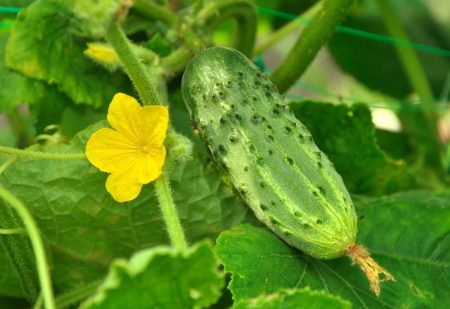
Cabbage for cucumbers is not only a good predecessor, but also a great neighbor. Vegetables growing in the neighborhood are less susceptible to disease and practically do not suffer from pests. Cabbage leaves obscure the basal zone of the cucumber, the soil under them does not dry out, does not become crusted.
It is best to plant cucumbers after color and white varieties. Early ripening kohlrabi varieties ripen in early summer, so cucumber seedlings can be planted before or after harvesting heads.
Tomatoes
Tomato seedlings are recommended to be planted after white, cauliflower early ripening. They are harvested early, there is time to restore soil fertility. Fertilizers are applied in the fall, and in the summer, green manure is sown on the ridge, they act comprehensively:
- prevent weeds from growing;
- when embedding the aerial parts in the soil, enrich it with useful trace elements;
- improve the structure of garden land.
After cabbage, white mustard is sown in front of tomatoes, it serves as a preventive measure of late blight and scab. Seeds germinate quickly, the aerial part can be cut off and planted into the soil 2 weeks after emergence.
Better crop rotation
Taking into account vegetable pests, optimal fertilizer application schemes, you can alternate crops in a small garden in the following order:
- planting potatoes - 1 year;
- sowing carrots, planting turnip onions - 2 years;
- any kind of cabbage - 3 years;
- tomatoes or peppers - 4 years;
- pumpkin crops - 5 years;
- beets and garlic - 6 years.
From the seventh year the cycle repeats. Fertilizers are applied to the soil annually. Under the potatoes and cucumbers allowed to make fresh manure. Good options for alternating vegetables are shown in the table.
| Kind of cabbage | Culture follower (good) | Culture follower (excellent) |
| all varieties | carrots, parsley, dill, celery | potatoes |
| white, middle and late grades | beets, garlic, tomatoes, onions | cucumbers |
| white, early ripe varieties | onions turnip, garlic, tomatoes, sweet peppers | |
| broccoli | spinach | |
| color | tomatoes, cucumbers, onion turnip |
What vegetables are not grown after cabbage
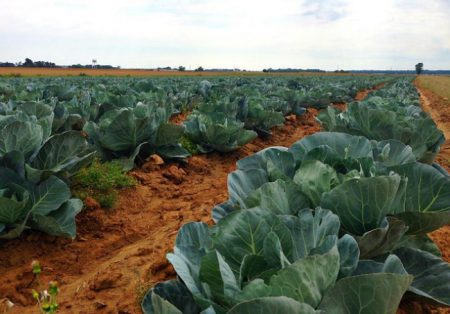
Because of the pests, you can be left completely without a crop if you plant plants from the cruciferous family on a cabbage ridge. All varieties of turnips and radishes, radishes and rutabaga grow poorly after cabbage.
It is not recommended to plant varieties of watercress and any varieties of cabbage. Presowing fertilizer is not enough to reanimate the soil. Pathogens and cabbage pests can be at a depth of 0.6 m.
It is at such a depth that the roots of culture penetrate. After harvesting, they remain there and the next season are a real threat to all vegetable crops from the cruciferous family.
Then cabbage grows better
Cabbage needs nitrogen, it is best enriched with soil lupine, peas, melilot, clover. To grow strong heads of cabbage, green manure is planted in late autumn or early spring:
- in September - vetch-oatmeal mixture;
- in the spring after snow melts - phacelia.
Vico-oat mixture before frost increases a sufficient amount of green mass. It is mowed and left on the surface of the ridge. In spring, with the help of a plane cutter, they close up the soil and sow phacelia.
Cabbage seedlings are planted directly on the seedlings. Phacelia will protect young plants from the cruciferous flea, protect it from the bright sun. Its roots deoxidize the soil, which is very important for cabbage. At the end of May, green manure is cut off, the soil is mulched.
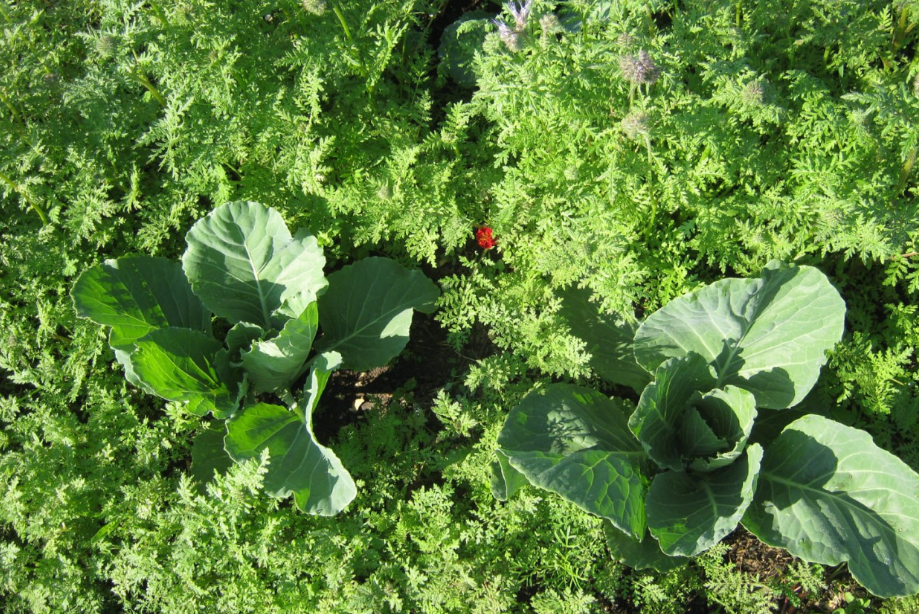
You can not plant white and colored varieties of cabbage, broccoli and kohlrabi one after another, as well as after radish, turnips, horseradish.
The best precursors for all types of cabbage are legumes plus potatoes, followed by beets plus green crops (celery, onions, garlic, parsley). It is allowed to plant cruciferous vegetables after tomatoes, corn, all types of pumpkin crops.
It is important not only to alternate vegetable crops correctly. It is equally important to choose good neighbors for cabbage. Heads of cabbage will suffer less from caterpillars if marigolds, peppermint, dill, and potatoes grow nearby.

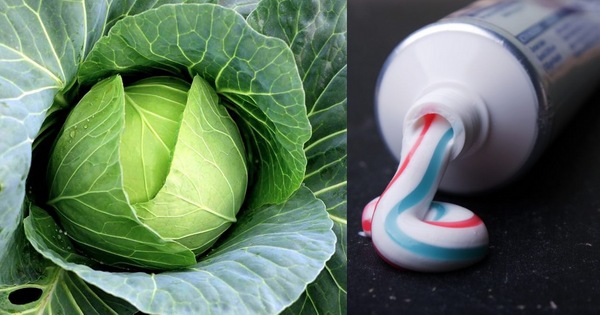
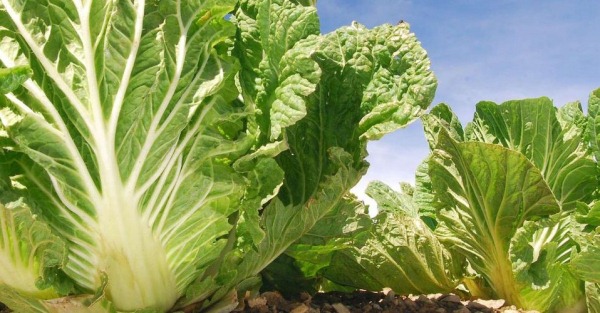
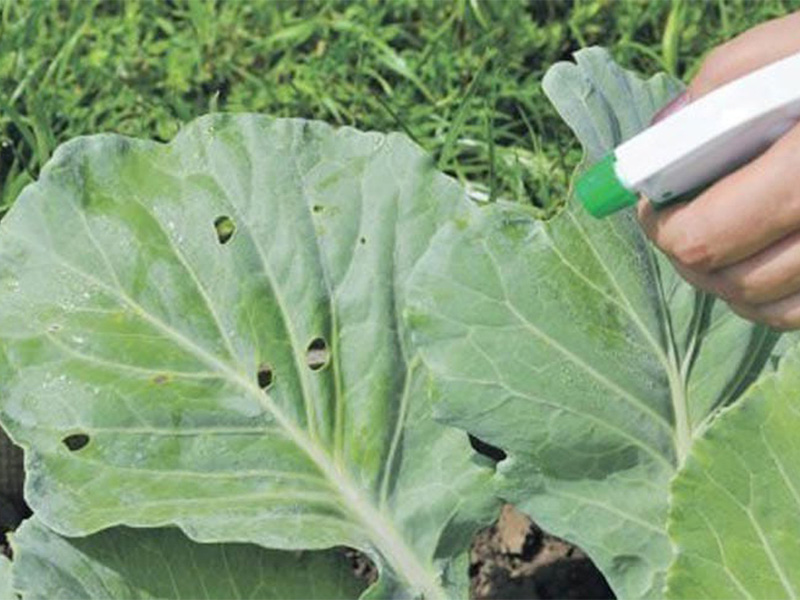
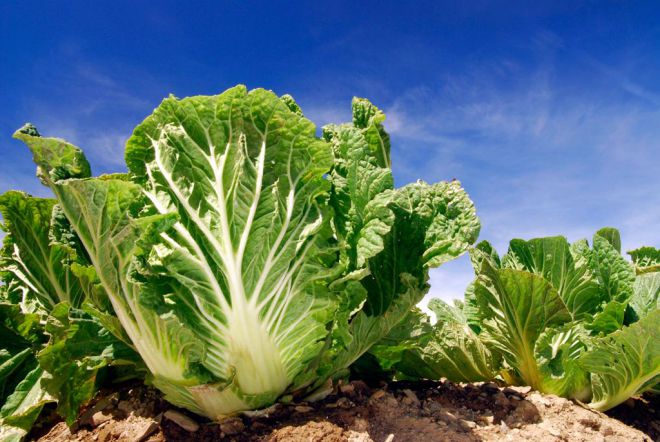 How to grow Chinese cabbage on your site?
How to grow Chinese cabbage on your site?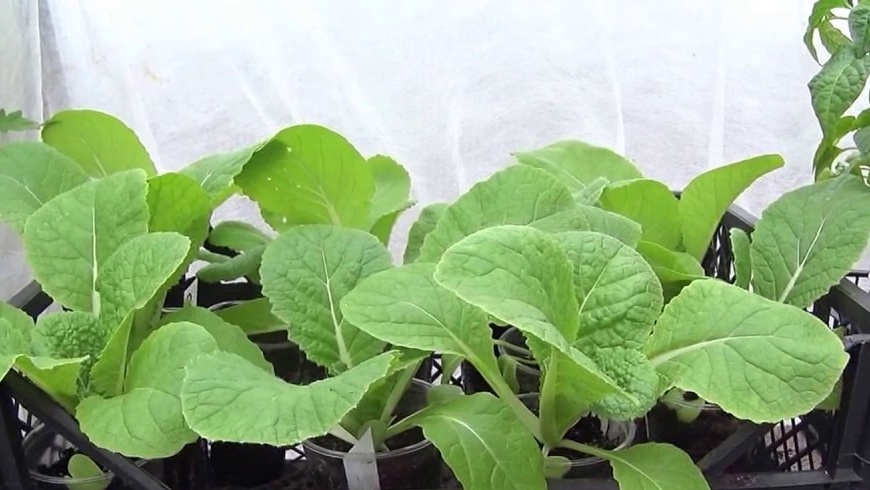 When to plant Chinese cabbage on seedlings in 2024
When to plant Chinese cabbage on seedlings in 2024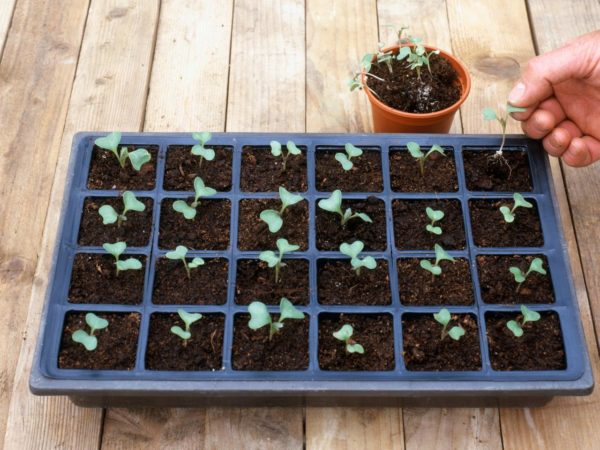 When to sow cabbage for seedlings in 2019 on the moon
When to sow cabbage for seedlings in 2019 on the moon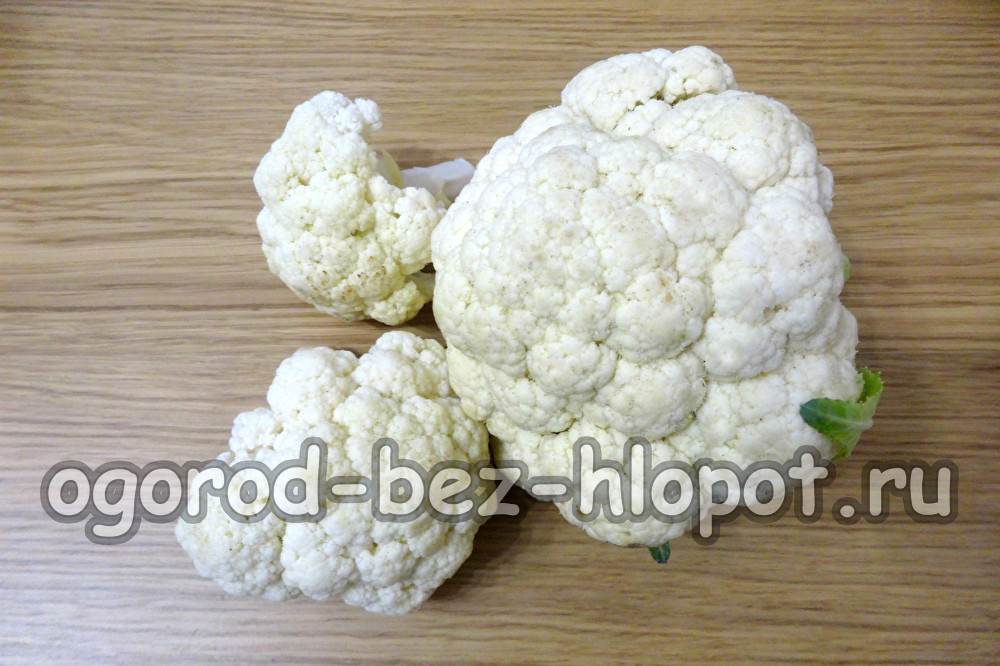 Cauliflower: how to grow large snow-white inflorescences
Cauliflower: how to grow large snow-white inflorescences